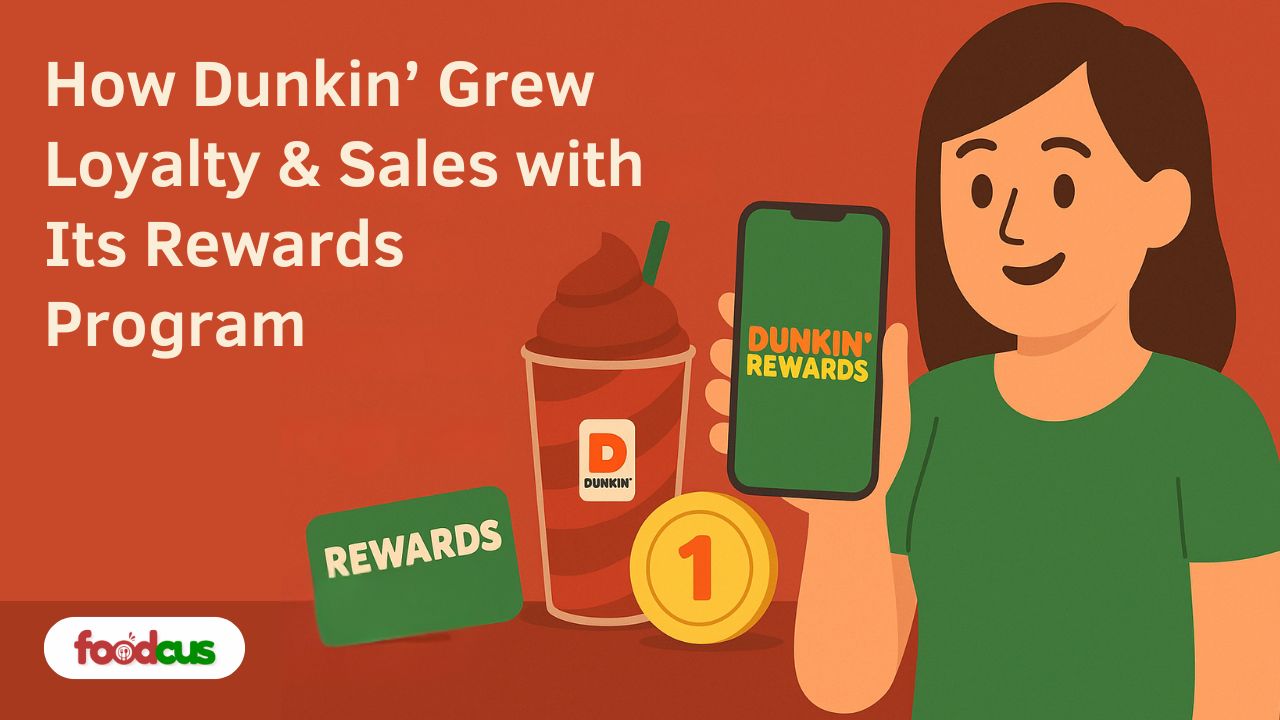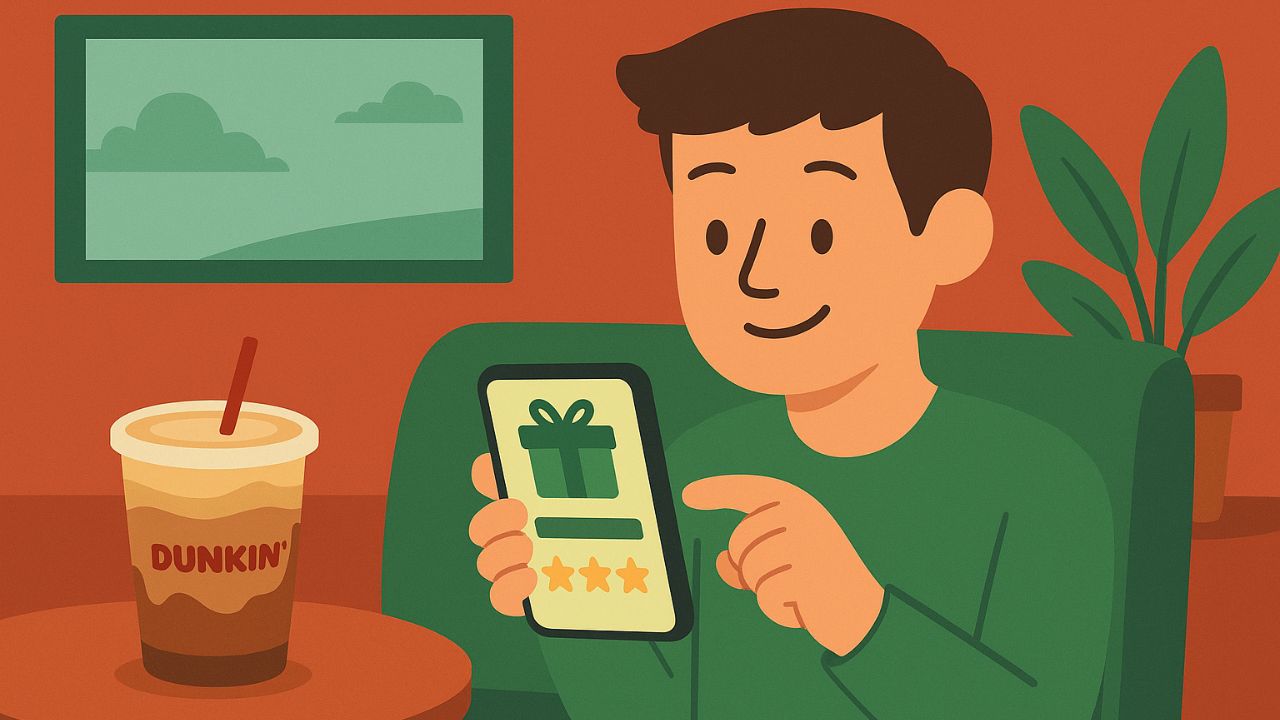
Introduction
In an era where customer attention is fleeting and competition is fierce, Dunkin’ did something remarkable—it transformed occasional customers into loyal brand advocates. The secret? A smartly designed rewards program that didn’t just hand out freebies but engineered a powerful loyalty loop.
If you’re a restaurant owner looking to grow repeat business and maximize lifetime value, the Dunkin Loyalty Program story isn’t just interesting—it’s a blueprint.
The Problem Dunkin’ Faced
Even a beloved brand like Dunkin’ isn’t immune to modern business challenges:
- Rising customer acquisition costs
- Decreasing brand loyalty across younger demographics
- The growing dominance of mobile ordering apps from competitors
They needed a way to retain customers—and get them to come back more often.
The Strategy: Dunkin’ Rewards 2.0

Dunkin’ revamped its loyalty program into what is now called Dunkin’ Rewards. And this wasn’t just a rebranding effort—it was a strategic shift in customer engagement.
Here’s what made it work:
1. Personalized Offers Based on Behavior
Instead of generic discounts, users received hyper-personalized rewards—based on their ordering patterns, preferred items, and visit times.
Example: If a user regularly ordered an iced coffee on Monday mornings, they’d get a double-points offer for that very combo.
2. Mobile-First Experience
The Dunkin’ app became the hub for the program, allowing:
- Seamless ordering
- Tracking of rewards in real-time
- Timely push notifications with customized offers
Loyalty and convenience were now in the same pocket.
3. Gamification Elements
Points. Badges. Bonus challenges.
Customers were now playing to win free coffee—not just buying it.
Gamification taps into human psychology—and Dunkin’ nailed it.
The Results: Loyalty That Drives Revenue
The impact was measurable and massive:
- 30% increase in repeat visits within the first six months
- Boosted mobile orders by over 40%, reducing wait times and operational pressure
- Higher average order value from loyalty members compared to walk-ins
Dunkin’ didn’t just increase sales—it built a resilient community of returning customers.
What Restaurant Owners Can Learn
This isn’t just about big budgets or brand names. It’s about intentional loyalty design.
Here’s how you can apply Dunkin’s playbook in your restaurant:
- Create a simple, clear value exchange—every visit should move a customer closer to something they want
- Leverage data to personalize offers
- Make loyalty visible and mobile-friendly—whether it's in-app, QR code, or on receipts
- Reward behaviors that drive your margins, not just visits
And no—you don’t need an enterprise budget to make this happen.
Tools That Make Loyalty Easy (Even for Small Restaurants)
Building your own Dunkin’-style program is easier than ever with modern tools.
Platforms like FoodCus’ AI-Assisted Review Writing or Google Business Profile Management help you turn happy customers into vocal promoters.
And that’s where real loyalty begins.
Final Thoughts: Loyalty Is the New Growth Engine
In 2025, restaurants that focus on loyalty—not just traffic—will thrive. Dunkin’ proved that loyalty isn’t just a marketing gimmick. It’s a sales strategy.
So the question isn’t: Should I have a rewards program?
It’s: Can I afford not to?
Don’t just serve food. Serve reasons to come back.
